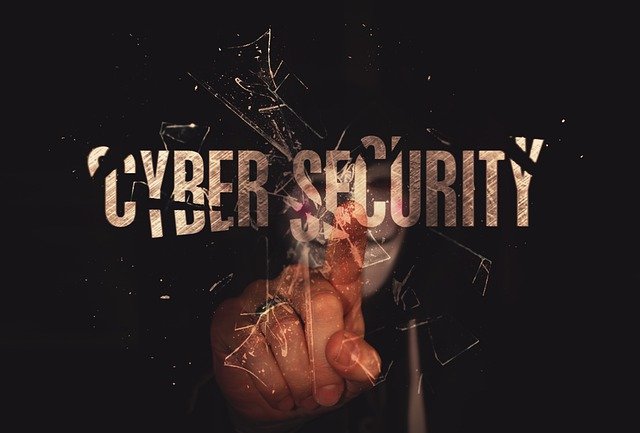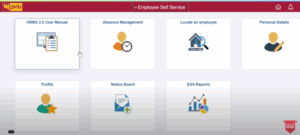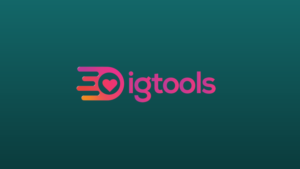Types of Cyber Attacks: What You Should Know

Cyber security is everyone’s concern these days. But what does cyber security involve, and, more importantly, how can you protect yourself from cyber-attacks? This blog post will discuss the different types of cyber attacks and how you can protect yourself from them. Here are the top tips on detecting cyber attacks and responding when they occur. So read on to learn all you need to know about cyber security!
Some Common Cyber Attacks:
-
Insider Threats
Anyone with access to your business data and information, an accidental or malicious insider threat, can misuse this information for their benefit or damage your business. Prevention of insider threats starts by ensuring that all employees know the dangers posed by such breaches and understand the importance of maintaining strict confidentiality when working with sensitive data. Once you have detected a breach, you need to take appropriate action to protect the company’s confidential information and reputation. Several response options are available – from disciplinary measures to legal action – so choosing the best one will depend on specific circumstances.
-
Malicious Software (Malware) Attacks
Malware attacks are one of the most common types of cyber attacks. They happen when malicious software (malware) is installed on a computer without the user’s knowledge or consent. This type of attack can cause serious damage to your computer, personal information, and even social security numbers. To protect yourself from malware attacks, then you can hire professional cybersecurity services in Orlando to install antivirus software, and keeping your computer updated with the latest security patches is important. You should also create a secure password to access your files and folders.
-
Denial Of Service (DoS) Attacks
DoS attacks are carried out through various means, with email being one of the most common. This attack is designed to disrupt your website and stop anyone from accessing it. You can take various measures to protect yourself against DoS attacks – firewall software, security software, etcetera. However, no matter how much protection you have in place, there is always the potential for an attack succeeding in reaching its objective – damaging your business and causing as much havoc as possible.
-
Spamming And Phishing
It is important to be aware of the various attacks that can occur online. Malware attacks, phishing, spamming, and phishing attacks are all malicious actions that can lead to data loss, financial damage and even identity theft. There are many ways you can protect yourself from these risks – installing security software on your computer, being aware of email SPAM filters, and educating yourself about cyber-security best practices.
-
Hacker Attacks
Hacker attacks can be devastating, not just for the victims of data theft but also for businesses that suffer from cyber-attacks. Here are four key points about hacker attacks:
Exploitation occurs when hackers break into systems and steal data or passwords.
Reconnaissance is when hackers try to find as much information about a target as possible before exploiting vulnerabilities or spreading malicious code.
Propagation allows the virus or malware to spread from one computer to another – this is often how malware spreads quickly throughout an organization’s networked devices and infrastructure.
There are three types of hacker attacks – surveillance, exploitation and propagation (the attack that causes damage). It’s important to have a strategy in place designed specifically against each type of attack to mitigate exposure and protect your business data
Symptoms Of A Cyber Attack
Cyber attacks are on the rise, so it’s important to be aware of the different types of attacks and how to prevent them. One of the most common symptoms of a cyber attack is spyware/malware infection.
This happens when malicious software is installed onto your computer without your consent or knowledge, and it can hijack your computer’s data and spy on your activities. In addition, unauthorized access can happen when someone accesses your computer without your permission or when you’re not using the password you’ve set.
Finally, data loss can occur when your computer is infected with malware, and sensitive data is stolen. To help you stay up-to-date on the latest industry trends and learn how to prevent cyber attacks before they happen, check out cyber security websites and read up on cyber attack prevention strategies. If you notice any of the symptoms listed above, it’s best to take action and protect yourself and your business.
-
Slow Internet Connection
Suppose you’re experiencing any of the following symptoms. In that case, it’s most likely that your internet connection has been compromised by a cyber attack: – UNUSUAL ACTIVITY ON YOUR BANK OR CREDIT CARD ACCOUNT – STRANGE EMAILS – INTERNET FAILURE AT BUSINESS LEVELS.
-
Being Spammed With Unsolicited Emails
If you have ever received an email that you didn’t ask for or one that’s been trying to sell you something you don’t need, then it’s probably spam. Spammers use various methods to get your email address – phishing is the most common. Once they’ve got your email address, spammers will try their best to send as many unsolicited emails as possible to make a sale or gain access information like login credentials. You should never click on any email links and delete them immediately.
-
Random Crashes And Errors On Your Device
One of the most common problems people face is experiencing random crashes and errors on their devices. This can be caused by a number of factors, such as malware infection or even cyber-attacks. If you are ever unable to access your files or devices start behaving erratically, it would probably be best to take action and protect yourself.
There are various symptoms that might hint at a cyber attack- for example; your computer might suddenly restart or respond slowly during use. In order to identify if you’re a victim of a malicious act, try scanning your device with antivirus software in case any malicious files were installed without your knowledge. If all these measures fail and you feel uncomfortable about the security of your data, then it’s time to get professional help!
-
Unable To Access Certain Websites Or Files
In today’s cyber world, it is not uncommon for people to experience trouble accessing certain websites or files. In many cases, this might be the result of malicious attacks by cybercriminals. While there are a number of ways you can protect yourself from data breaches and malware infections, one of the best methods would be to install antivirus software on your computer. This way, you will be able to detect and eliminate malicious code before it causes any damage.
Conclusion
Cyber attacks are one of the most common threats to businesses today. As cyber-attacks become more complex and malicious, it is important for businesses of all sizes to understand the different types of cyber attacks and how to protect themselves. In this blog, we have covered the different types of cyber-attacks and provided tips on how to protect yourself from them. For better application security visit appsealing.

Mahesh Kumar is a dynamic marketing consultant and tech enthusiast with a passion for driving business growth through his innovative strategies and cutting-edge technology. With 6 years of experience in the industry, he has helped numerous businesses leverage the power of digital marketing to reach their target audience, build brand awareness, and increase sales.








